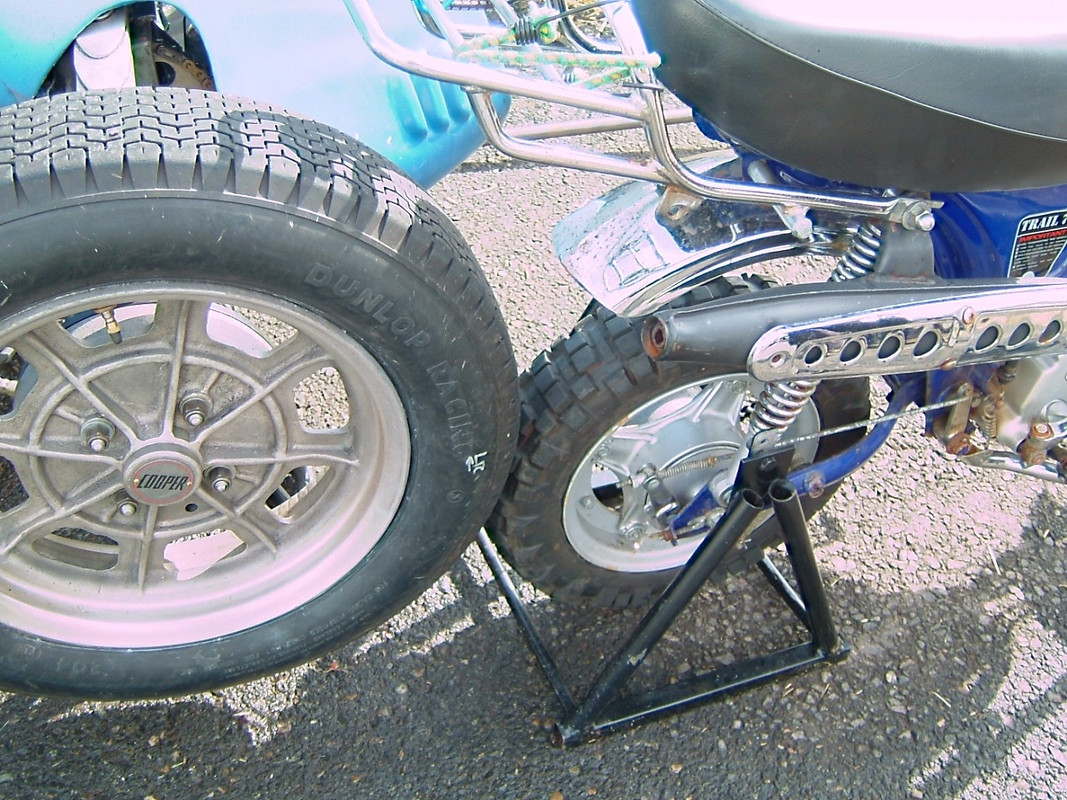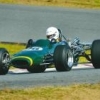Its raining outside and hving just read the brake change thread I decided to try to start one about that endless source of frustration , starting a race engine.
Apologies if it is a repeat.
My favourite description of starting an engine was by the late Rolla Vollstedt . I've lost the link but it is really funny - and informative.
I have seen mechanics use ether ( easystart), neat petrol and tow ropes but the neatest trick I heard was about Dave Lazenby (IIRC) and the Ford quad cam Indy engine. It had fixed ignition timing so was very hard to start up. The methanol fuel was in limited supply at Cheshunt so Jim showed the team how to start it by taking the acetylene torch and opening the acetylene valve only then pointing the torch down the intake ports while the engine was cranked. VOILA one running Indy engine and lots of noise to disturb Dela
mere Rroad
Edited by mariner, 04 June 2019 - 13:53.






























